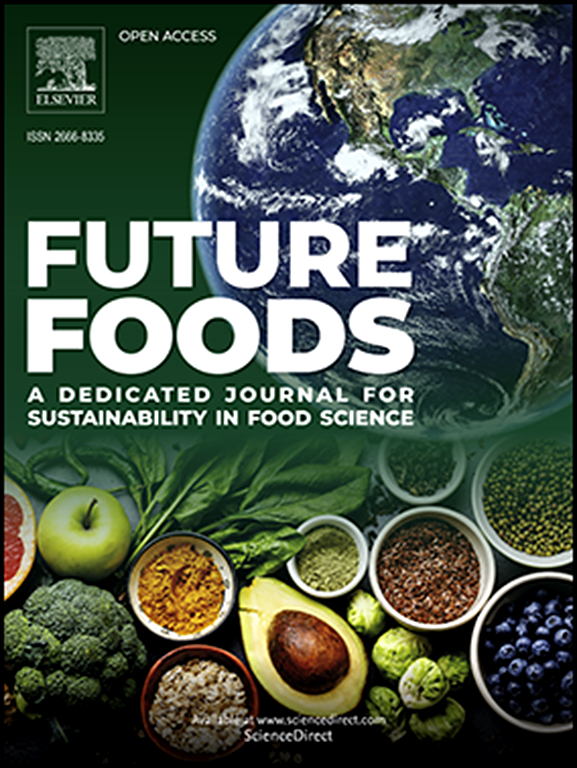Consumer perceptions of date labelling and storage advice and its relationship with food waste: A systematic scoping review of the academic & grey literature
IF 7.2
Q1 FOOD SCIENCE & TECHNOLOGY
引用次数: 0
Abstract
Consumer food waste has significant impacts worldwide. Consumers are confused about date labels and are discarding food that is still edible. Inconsistent storage advice contributes to confusion and prevents consumers from properly storing food. This paper examines consumer perceptions and understanding of date labels and on-pack storage advice and how they make decisions about food.
A systematic scoping review was undertaken to comprehensively search for existing scholarly and grey literature. Results show that consumers find date labels confusing and hard to understand. The confusion and difficulty are due to interpretation, inconsistent placement, poor legibility, and different label-type meanings. Furthermore, the study did not identify any articles that studied the impact of visual semiotics (i.e., visual cues) of packaging or labels on consumer decision-making about food that leads to household food waste. Of 92 papers, 38 explored the relationship between date labelling and food waste. Six papers explored storage advice in conjunction with food waste. Future research should focus on: 1) understanding packaging design's role in reducing food waste, including visual cues that reduce cognitive load and complexity, 2) studying how Global South countries address consumer food waste, and 3) exploring system tensions and opportunities to improve labels and packaging to reduce consumer food waste.
The review establishes that the outcome of consumer confusion is household food waste. By understanding what causes consumer confusion and influences consumer choices, we can improve existing date label and storage advice systems to enable consumers to make informed decisions about food waste more easily.
求助全文
约1分钟内获得全文
求助全文
来源期刊

Future Foods
Agricultural and Biological Sciences-Food Science
CiteScore
8.60
自引率
0.00%
发文量
97
审稿时长
15 weeks
期刊介绍:
Future Foods is a specialized journal that is dedicated to tackling the challenges posed by climate change and the need for sustainability in the realm of food production. The journal recognizes the imperative to transform current food manufacturing and consumption practices to meet the dietary needs of a burgeoning global population while simultaneously curbing environmental degradation.
The mission of Future Foods is to disseminate research that aligns with the goal of fostering the development of innovative technologies and alternative food sources to establish more sustainable food systems. The journal is committed to publishing high-quality, peer-reviewed articles that contribute to the advancement of sustainable food practices.
Abstracting and indexing:
Scopus
Directory of Open Access Journals (DOAJ)
Emerging Sources Citation Index (ESCI)
SCImago Journal Rank (SJR)
SNIP
 求助内容:
求助内容: 应助结果提醒方式:
应助结果提醒方式:


